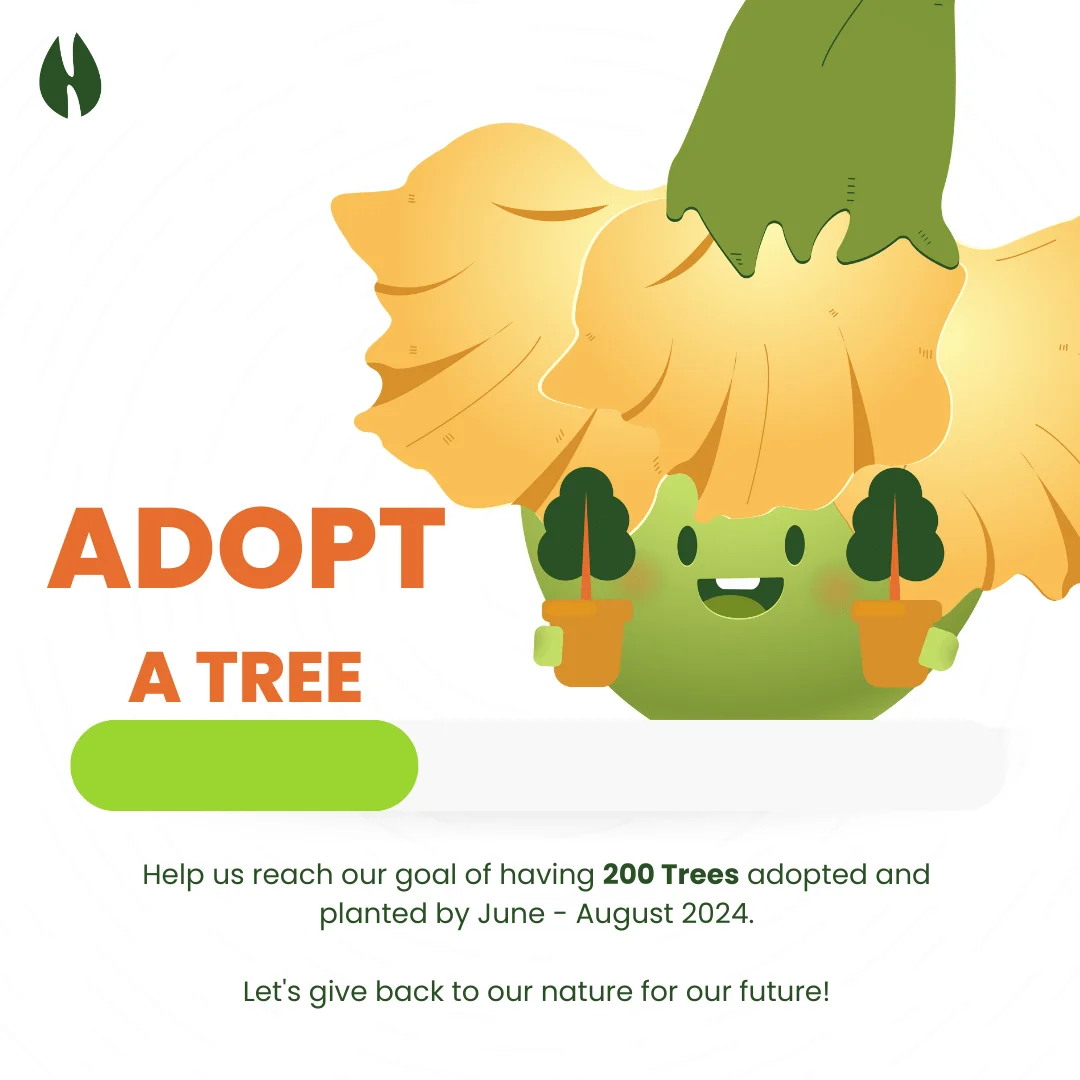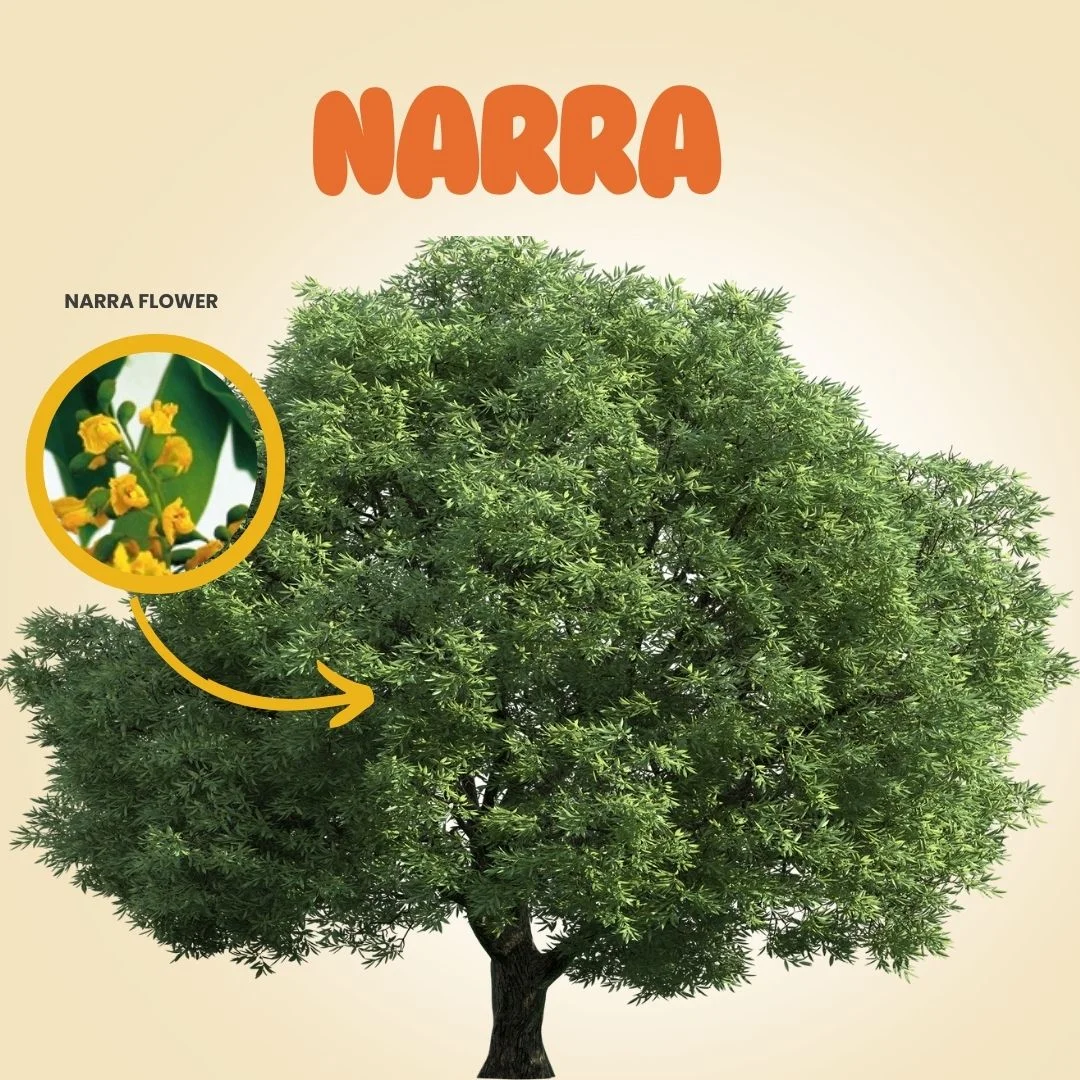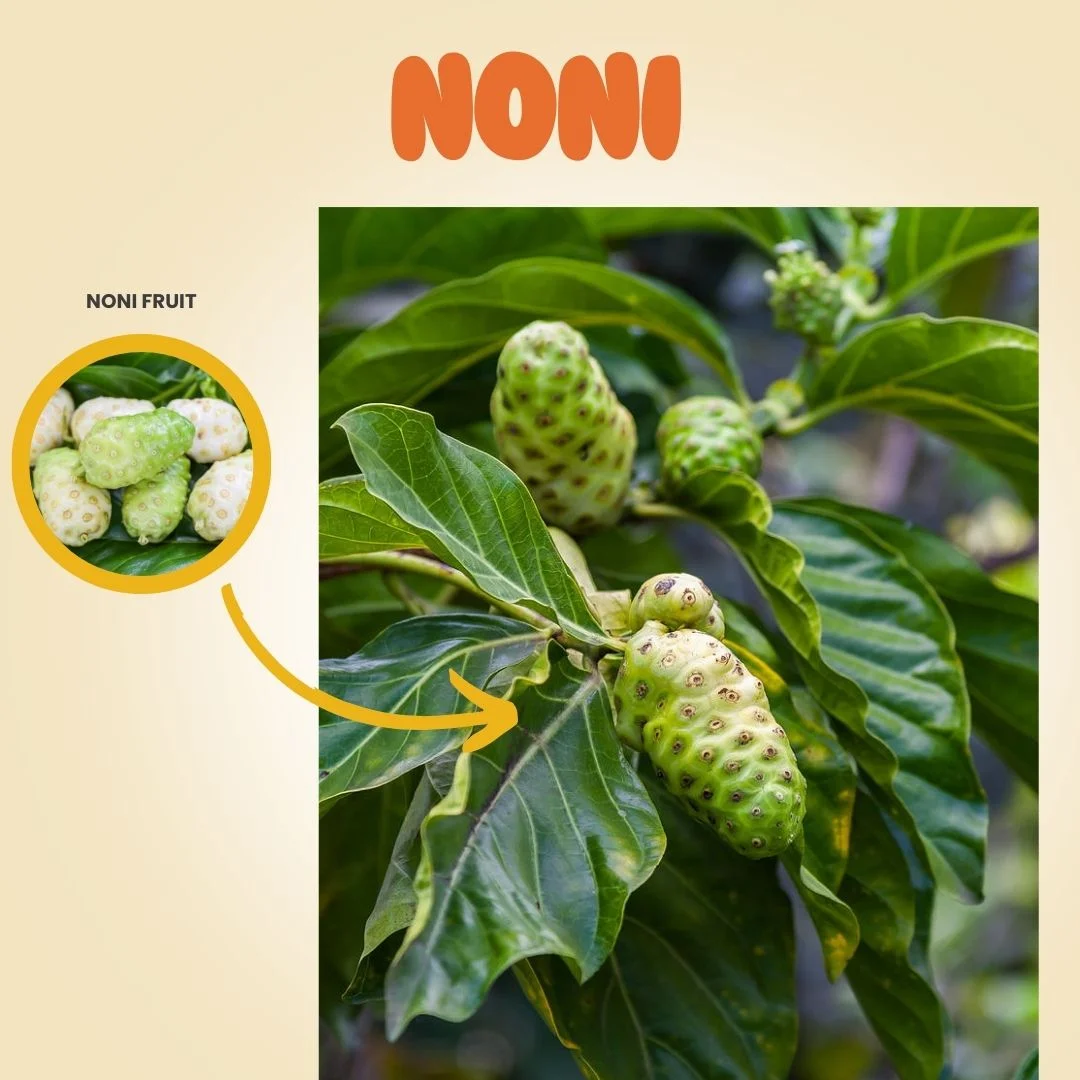A Movement for Nature
Hukbo Para sa Kalikasan sa Luzon
Hukbo para sa kalikasan ng luzon HPKL is a dedicated non profit organization committed to the restoration of the philippine native tree and the expansion of luzons green cover. Our mission is to rejuvenate the rich dioversity of the philippine wildlife flors and fauria while combining the effects of global warming through sustainable tree planting and nurturing initiatives
Welcome to Hukbo Para sa Kalikasan sa Luzon
Mission Hukbo Para sa Kalikasan sa Luzon
Hukbo Para sa Kalikasan ng Puson is dedicated to the restoration and preservation of the Philippines' native tree species. Our mission is to lead community-driven efforts in reforestation, raise awareness about the importance of native biodiversity, and foster sustainable practices that protect and revive our natural heritage for future generations.
Vision Hukbo Para sa Kalikasan sa Luzon
We envision a Philippines where lush forests of native trees flourish, providing sanctuary for wildlife, supporting local communities, and contributing to the global effort against climate change. Our goal is to see a country where environmental stewardship is a shared value, and where every Filipino plays an active role in nurturing and protecting our natural ecosystems.

Hukbo para sa kalikasan sa Luzon
Our Environmental Initiatives
Testimonials
Upcoming Events
We invite you to join Hukbo ng Pangkalikasan sa Luzon (HPKL) in our mission to restore and preserve the Philippines' native trees. Your involvement, whether through volunteering, donating, or spreading the word, is vital to our success. Together, we can make a lasting impact on our environment and ensure a greener, more sustainable future for generations to come.
Mulat: 2D Animated Environmental Awareness Film for Elementary Students
Discover the magic of "Mulat," an upcoming animated film created by ESC that brings to life the beauty of nature and the importance of native trees. Stay tuned and mark your calendars for the full release of "Mulat," where you will dive deeper into the narrative and be inspired to take part in protecting our environment.
HPKL Gallery
Our Story Through Pictures
Each image stands as a powerful testament to the strength of our community and the significant impact we can accomplish together. We warmly invite you to join us on this ongoing journey to protect and preserve the natural beauty of Luzon for future generations.
Adopt Tree
Join Us in Making a Difference
Adopt a Tree
Adopt a native tree and contribute to its growth and maintenance. Receive updates and photos of your tree as it matures and becomes part of Luzon's lush forests.
Join Our Advocacy Campaigns 2024
Advocate for policies and practices that protect Luzon’s natural environment. Participate in petitions, social media campaigns, and public awareness events.
In-kind Donations
Support our reforestation efforts by donating materials such as native tree saplings, planting tools, compost, protective gear, and other tree-planting essentials. These donations help us maximize our

Trees Adopted as of Today

Narra (Pterocarpus indicus)
Description: Tibig, also known as the Philippine fig, is a fast-growing tree with broad leaves and small, edible fruits. It is often found near streams and rivers, playing a role in preventing soil erosion.
Ecological Role: Pioneer species - Tibig helps establish and stabilize ecosystems, especially in disturbed or newly formed habitats. Its rapid growth and ability to colonize bare areas contribute to ecosystem regeneration.
Common Regions: Typically found in lowland areas across Luzon, such as in Laguna and Quezon

Narra (Pterocarpus indicus)
Description: Narra, also known as the National Tree of the Philippines, is valued for its sturdy and durable wood, often used in furniture making. It has bright green leaves and produces fragrant, yellow flowers.
Ecological Role: Found throughout Luzon, particularly in lowland areas such as in Nueva Ecija and Quezon, as well as in some highland regions like in Benguet and Ifugao.
Common Regions: Typically found in lowland areas across Luzon, such as in Laguna and Quezon.

